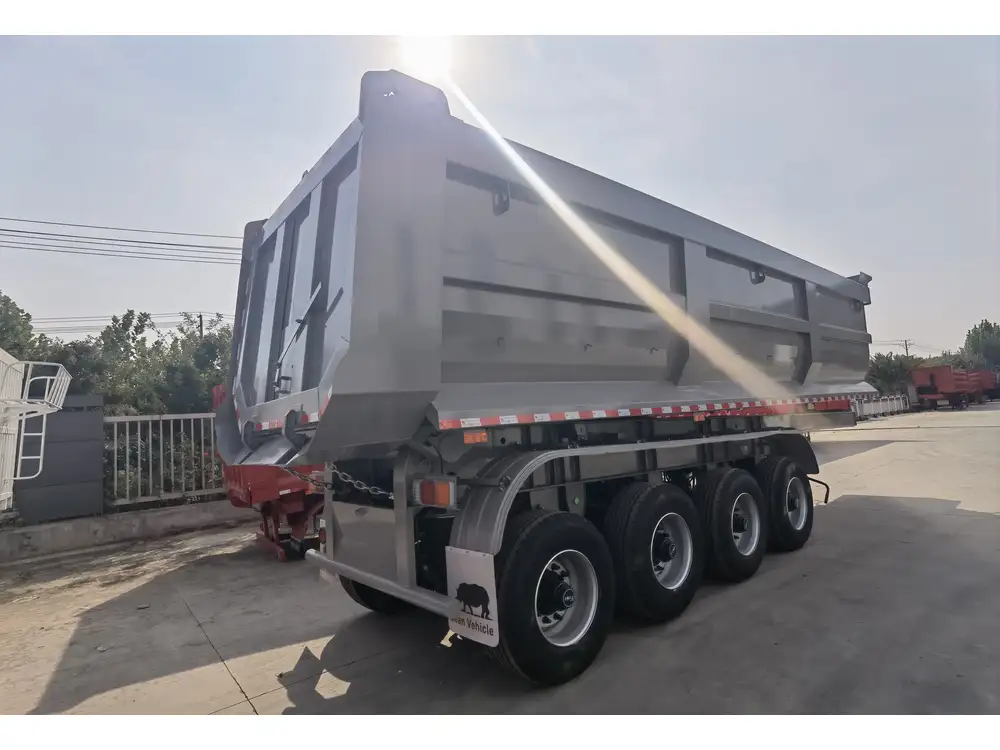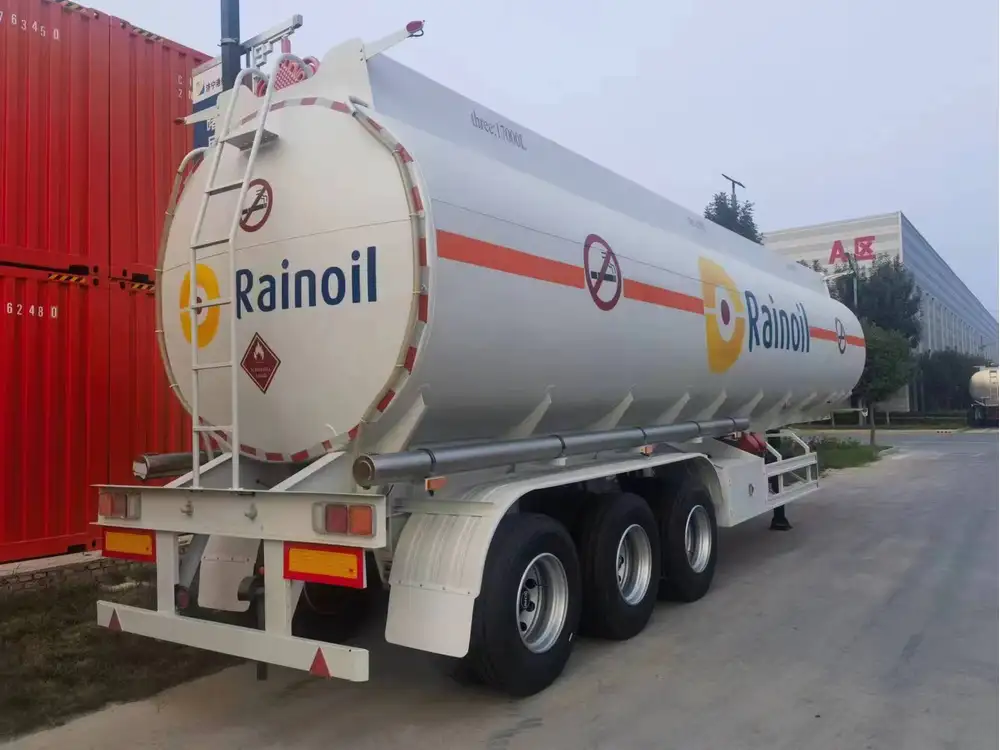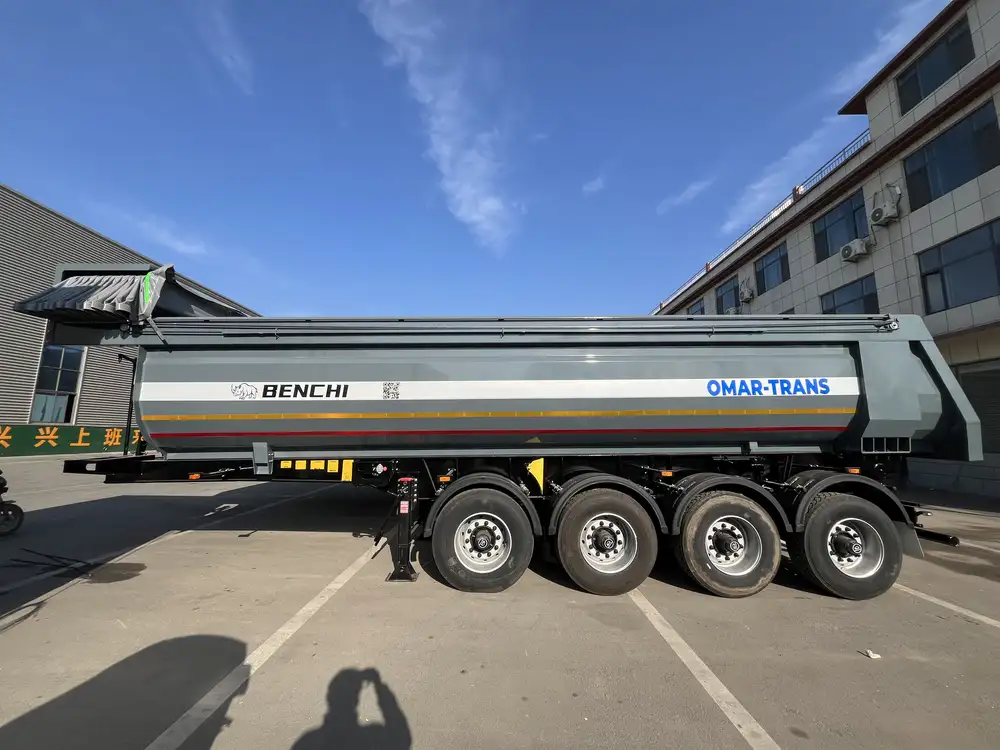Overview of Flatbed Trailers
Flatbed trailers have become quintessential in the hauling and transportation industry due to their versatility and efficiency. Unlike enclosed trailers, flatbeds provide an open platform that makes loading and unloading easier, especially for oversized loads. However, operating a flatbed trailer comes with strict regulations governed by federal and state laws. Understanding the legal size requirements for flatbed trailers is crucial for businesses to maintain compliance and avoid unnecessary penalties.
Legal Dimensions for Flatbed Trailers
The legal size of a flatbed trailer varies depending on jurisdiction. However, there are general guidelines that can be applied across most states in the U.S. A comprehensive look into these dimensions reveals several critical aspects:

Length
- Standard Length: Most states permit a maximum trailer length of 53 feet. This dimension is widely accepted for interstate transport, making it a popular choice for flatbed configurations.
- Extended Length Permits: In some states, longer trailers may be operated with special permits, which can extend to 60 feet or more. However, this often comes with conditions, such as limited routes or requiring escort vehicles.
Width
- Standard Width: The legal maximum width for most flatbed trailers is often restricted to 8.5 feet (102 inches). This width applies to most states; however, dimensions can slightly vary based on local regulations.
- Oversize Loads: If your cargo exceeds the standard width, it typically requires an oversize load permit, and drivers may need to follow specific routes or guidelines, which might include using escort vehicles.
Height
- Maximum Height: Federal guidelines typically regulate the height of trailers to be no more than 13.5 feet from the ground. Exceeding this dimension can lead to complications like bridge clearances and roadside inspections.
- State Variability: Some states might have unique regulations, such as California, which has stringent height restrictions due to its geographical layout.

Weight Limitations
The weight of your flatbed trailer and its cargo must comply with both federal and state regulations.
- Gross Vehicle Weight (GVW): This includes the weight of the trailer, cargo, and any other equipment. The federal maximum GVW for a combination vehicle is generally 80,000 pounds on interstate highways.
- Axle Weight Limits: There are also restrictions on how the weight is distributed across each axle, typically ranging from 20,000 to 34,000 pounds depending on the number of axles.
Complying with Federal Regulations
Federal regulations oversee commercial vehicle operations, enforcing strict adherence to safety and dimensional limitations. The Federal Motor Carrier Safety Administration (FMCSA) sets these regulations, which are crucial for all interstate trucking activities. The following components illustrate significant points of compliance:
1. Vehicle Registration and Licensing
- Commercial Driver’s License (CDL): Operators of flatbed trailers, especially those that exceed certain weight limits, must possess a valid CDL. Specific endorsements may be required based on the type of cargo being transported.

2. Safety Regulations
- Standardized safety checks are mandated to ensure that flatbed trailers remain in good working condition. This includes inspection of brakes, lights, and cargo securement devices.
3. Scale and Weight Inspection
- Weigh stations are strategically positioned across highways to ensure that vehicles comply with weight regulations. Being familiar with these stations and having proper documentation can mitigate the risk of fines.
State-Specific Regulations
Regulatory compliance is not only a federal matter; states possess the authority to enact their own laws regarding trailer dimensions, requiring thorough due diligence. It’s essential to consult individual state transportation departments for specific regulations. Table 1 outlines some key state variances in size restrictions:
| State | Max Trailer Length | Max Width | Max Height | Typical Permit Fee |
|---|---|---|---|---|
| California | 53 ft | 8.5 ft | 14 ft | $20 for oversize |
| Texas | 59 ft | 8.5 ft | 13.5 ft | $50 for oversize |
| Florida | 53 ft | 8.5 ft | 13.5 ft | $30 for oversize |
| New York | 48 ft | 8.5 ft | 13.6 ft | $50 for oversize |

Specialized Trailers and Their Requirements
Flatbed trailers come in various configurations designed for particular types of loads. Addressing the legal size requirements for each configuration is vital for compliance.
1. Step Deck Trailers
- Definition: Step deck trailers, or lowboys, feature a deck that is lower in the middle, ideal for taller loads that would exceed legal heights on standard flatbeds.
- Legal Dimensions: Typically retain the same length and width standards (53 ft length and 8.5 ft width), but the operational height may extend lower, allowing shipment of taller cargo without a permit.
2. Drop Deck Trailers
- Configuration: Similar to step deck trailers but with a further inclination, optimized for transporting heavy machinery and equipment.
- Height Limitations: Generally adhere to the maximum height of 13.5 ft for compatibility with most routes, though additional permits may be required for particularly bulky shipments.

Ensuring Proper Loading and Securing of Cargo
Understanding the legal size requirements also extends beyond mere dimensions; it encompasses correct loading practices to maintain safety and regulatory compliance.
1. Weight Distribution
- Importance: Uneven weight distribution can lead to stability issues, particularly during transport. Adhering to axle weight limits must be a priority when loading flatbed trailers.
2. Securement Techniques
- Basic Guidelines: Cargo must be properly secured using appropriate tie-downs to prevent shifting during transit. FMCSA provides regulations on the number of tie-downs needed based on the weight of the cargo.

3. Regular Inspections
- Pre-trip Checks: It is essential to conduct thorough inspections before departing to ensure all cargo is secure, and tire pressures adhere to recommended specifications.
Innovative Solutions for Regulatory Compliance
As the transportation industry evolves, so do the technologies and strategies designed to meet these legal requirements.
1. Utilizing Load Boards
- Functionality: Load boards connect shippers and carriers, providing clarity on specific loads and their required size limitations. This technology eliminates the guesswork associated with dimensions during hauling transactions.

2. GPS and Route Planning
- Height and Weight Restrictions: Modern GPS devices can offer route optimization while factoring in height and weight restrictions, ensuring compliance at all times.
3. Training Programs
- Educating Drivers and Staff: Investment in training programs for truck drivers focusing on the legal size dimensions and the importance of compliance helps reduce errors and enhances safety protocols.
Conclusion
Understanding and adhering to the legal size requirements for flatbed trailers is integral for operators within the transportation sector. From maintaining awareness of federal regulations to comprehending state-specific mandates and ensuring correct loading practices, compliance mitigates risks that could otherwise lead to harmful consequences.
By utilizing innovative solutions, educating staff, and continuously reviewing guidelines, businesses can not only maintain adherence to legal standards but also enhance the efficiency of their operations. Safety, legality, and efficiency exist in tandem when one prioritizes understanding the nuances of flatbed trailer regulations.



